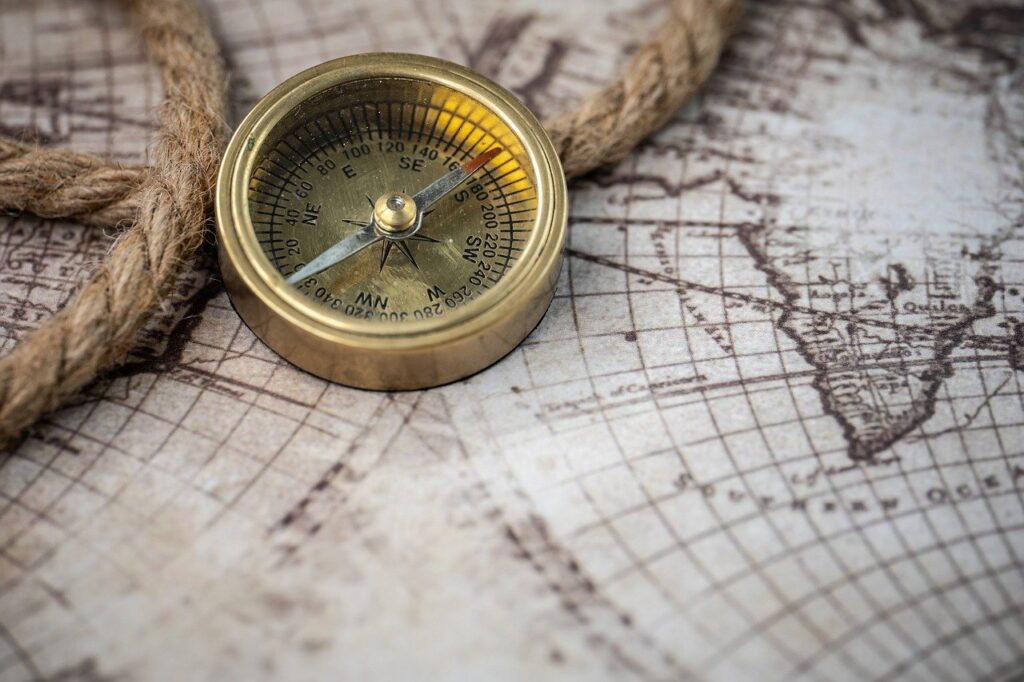
Our Packages
Don’t just dream about your next adventure—make it happen! Explore our packages and book now to start creating memories that will last a lifetime.

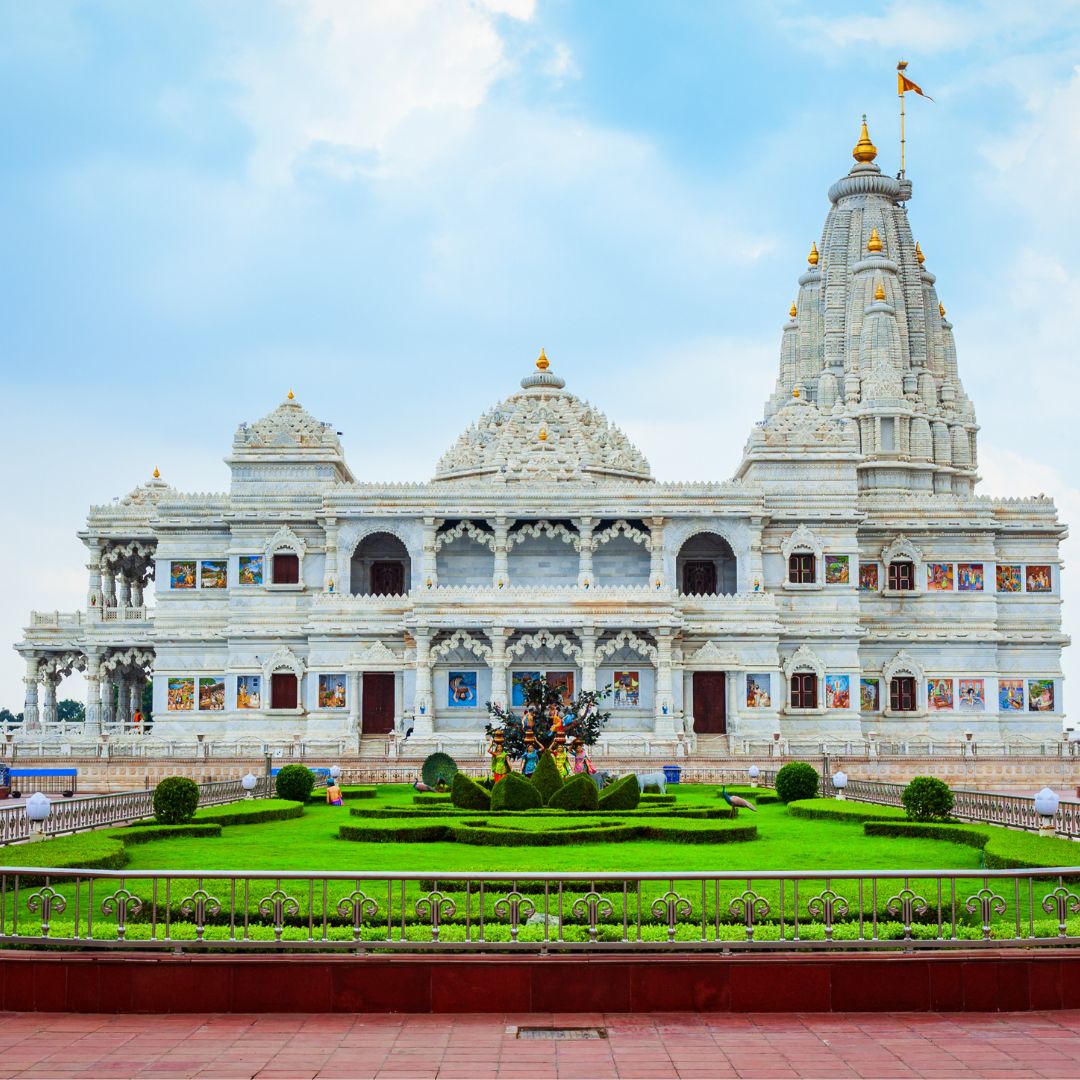
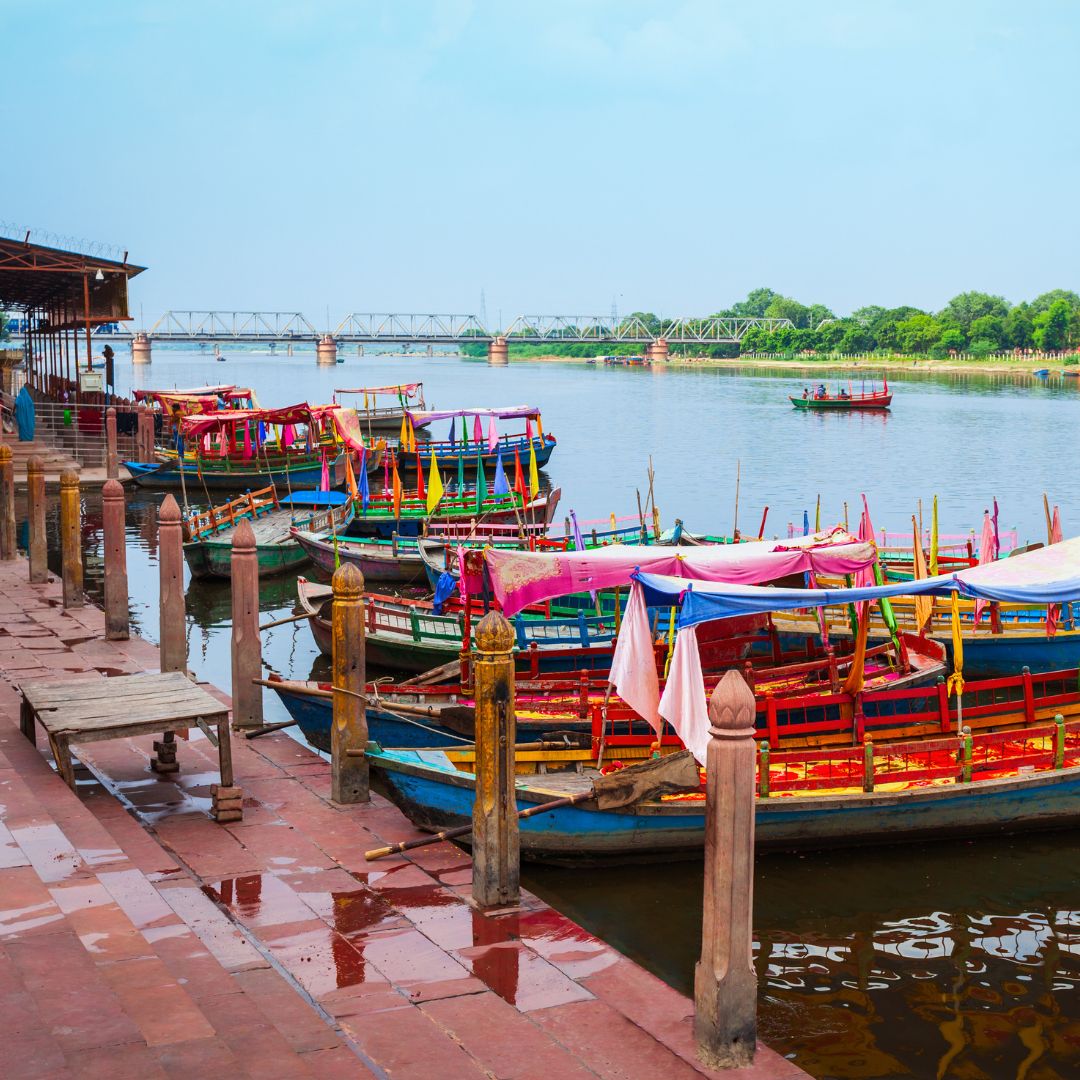
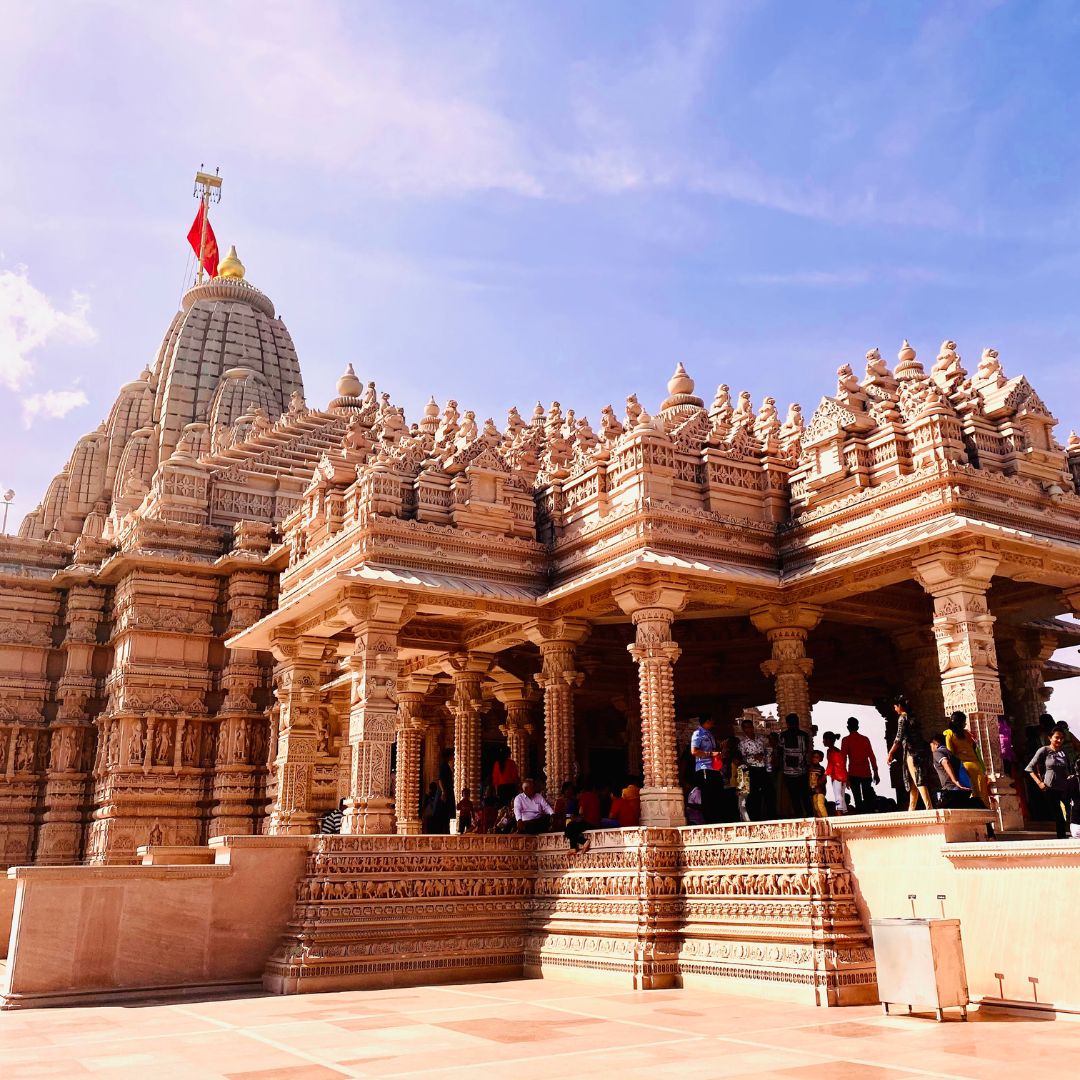
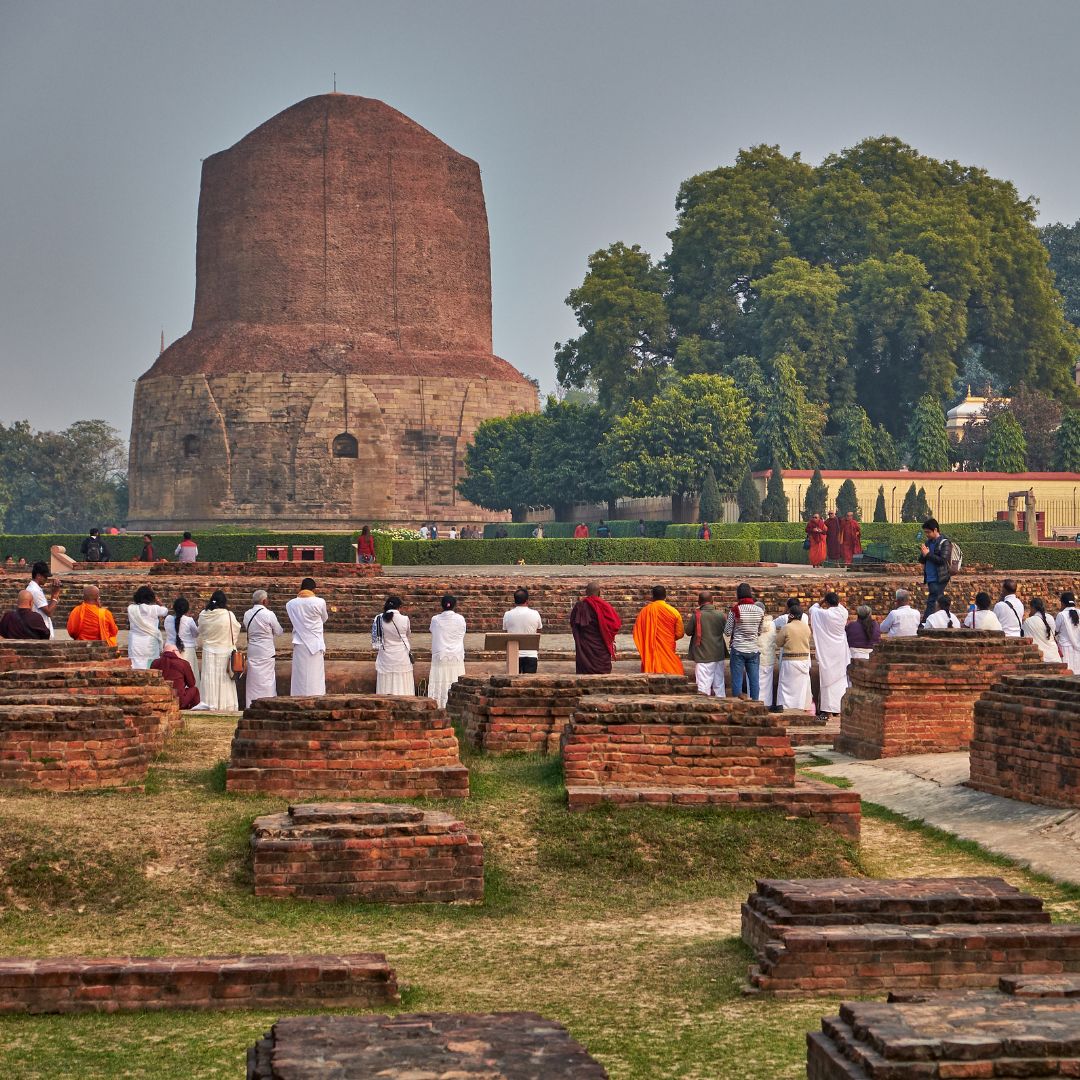
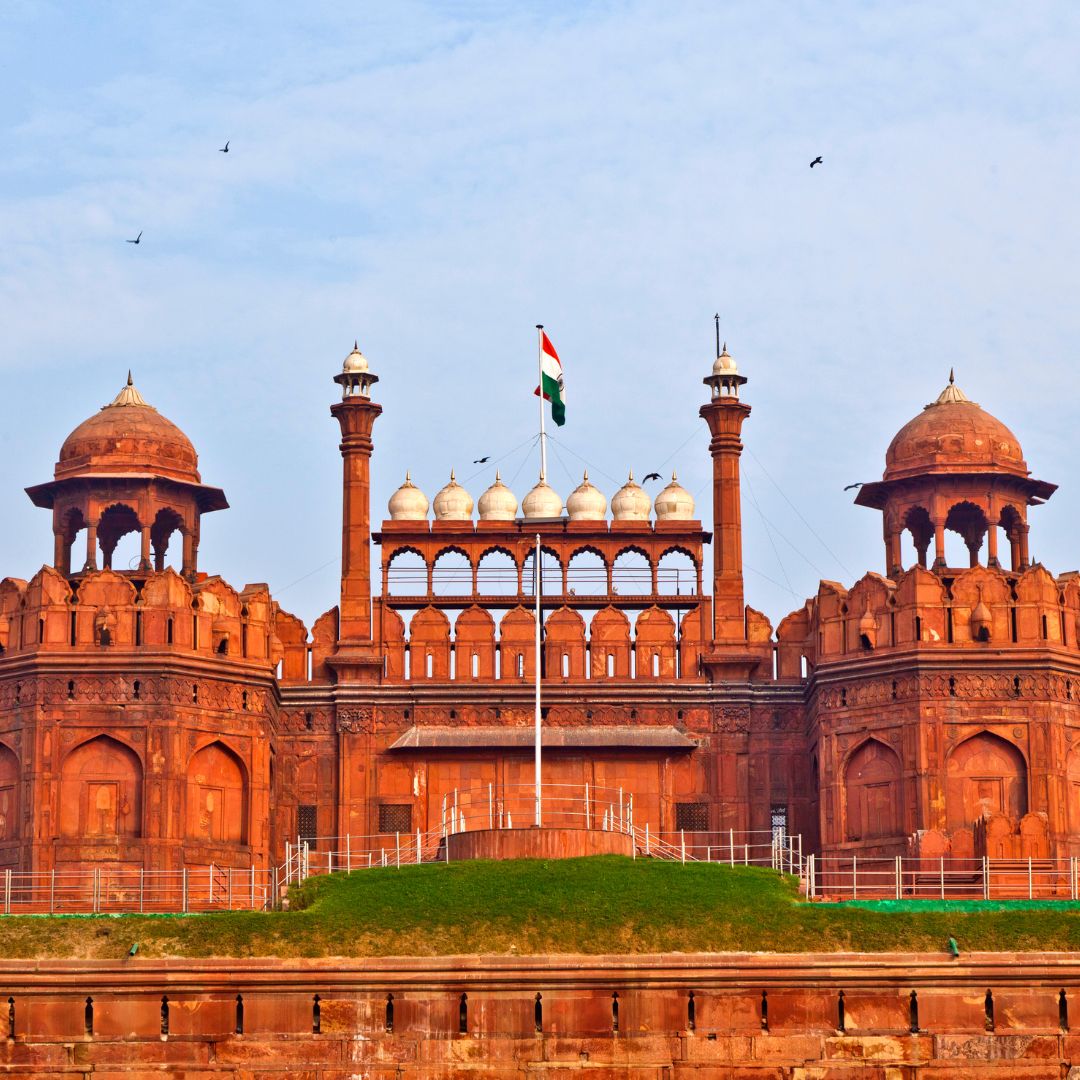
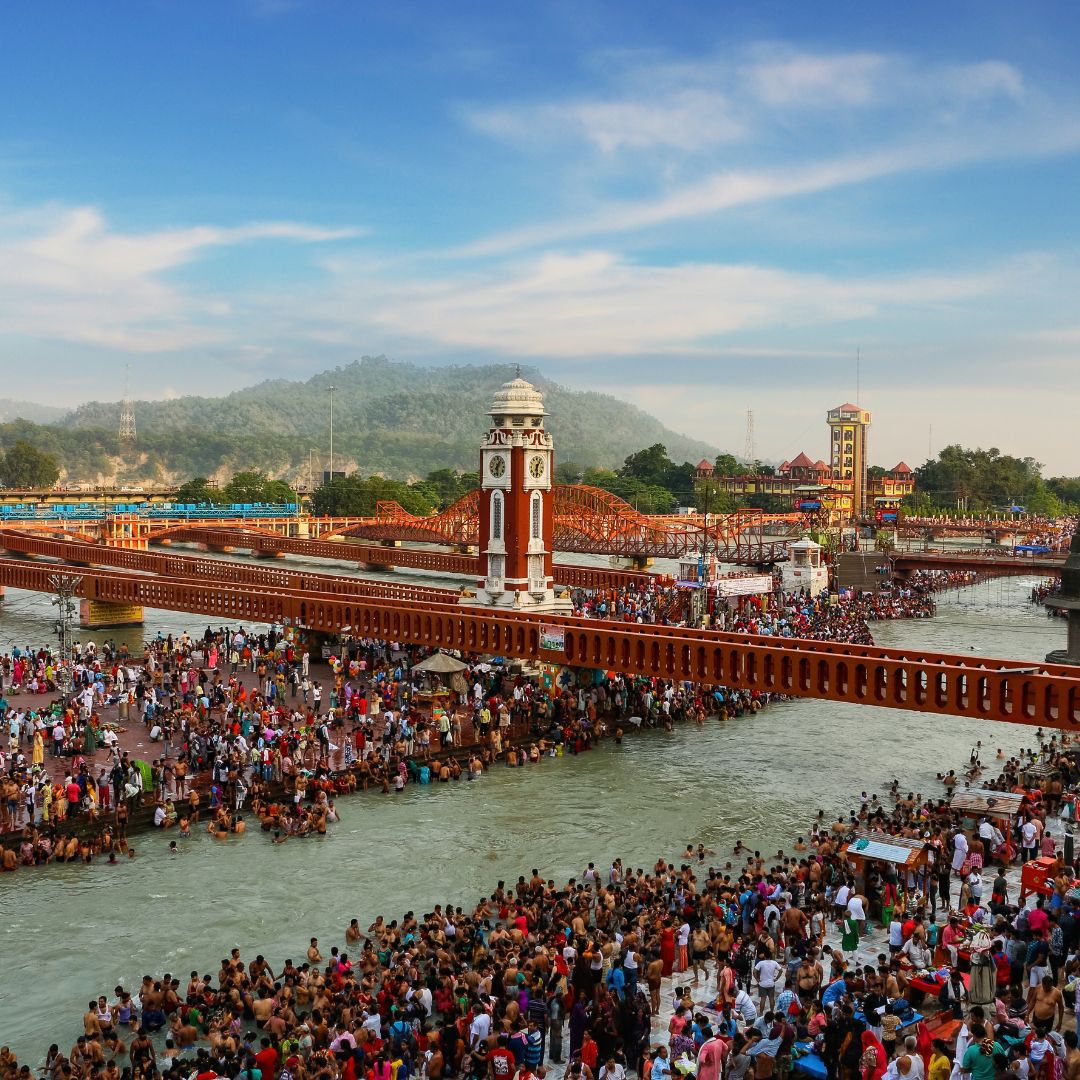
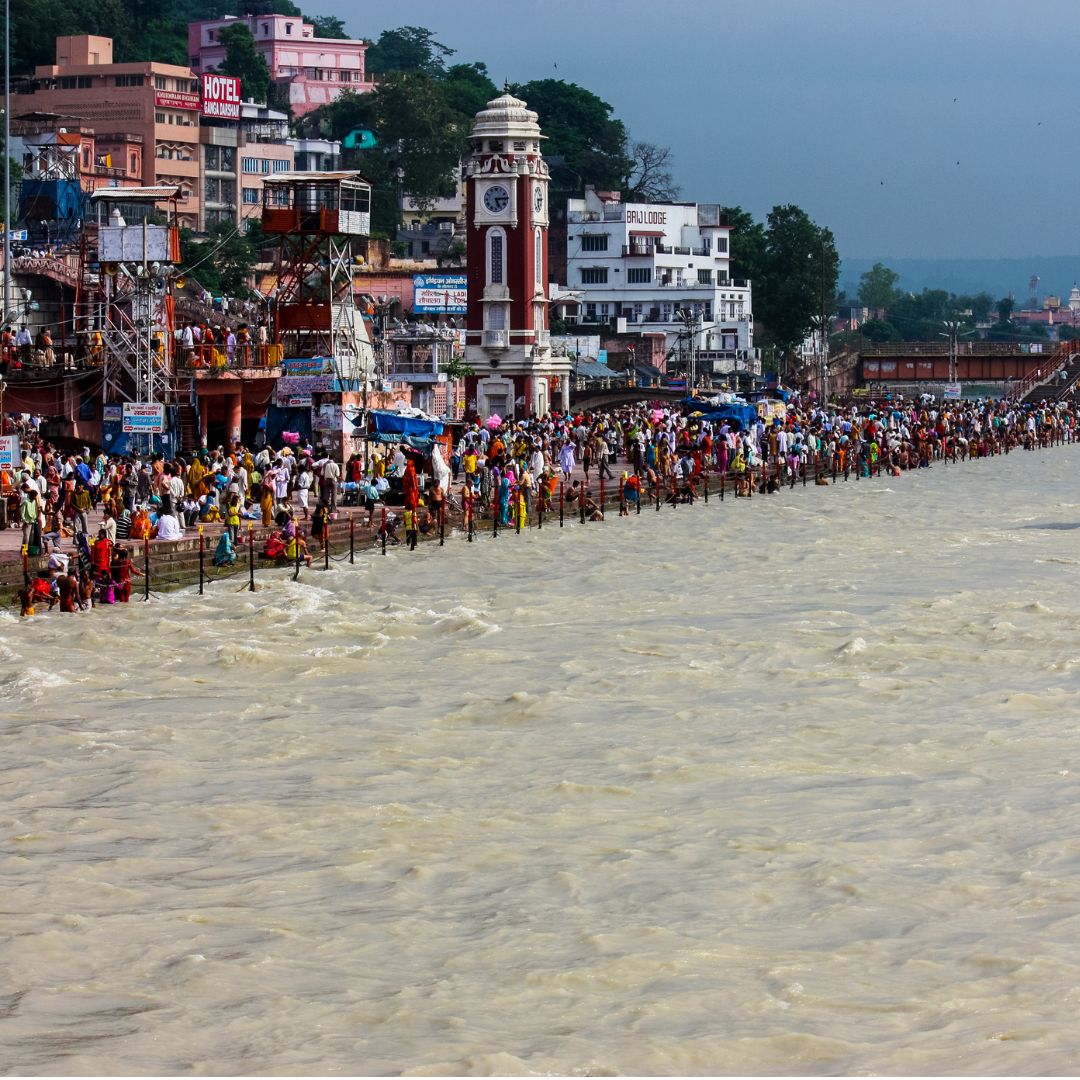
Itinary
PUSHKAR FAIR
Why Pushkar Fair?
According to Hindu chronology, the Pushkar Fair takes place in the month of Kartika (October or November) beginning on the "ashtmi" ( the 8th day of the Lunar Calendar and continues till full moon (Poornima).The Pushkar Fair, also called the Pushkar Camel Fair or locally as Kartik Mela or Pushkar ka Mela is an annual multi-day livestock fair and cultural fête held in the town of Pushkar (Rajasthan, India). The fair starts with the Hindu calendar month of Kartik and ends on the Kartik Purnima, which typically overlaps with late October and early November in the Gregorian calendar. In 1998, over 1 million visitors came to Pushkar throughout the year. The Pushkar fair alone attracts over 200,000 visitors.The Pushkar fair is one of India's largest camel, horse and cattle fairs. Apart from the trading of livestock, it is an important pilgrimage season for Hindus to the Pushkar lake.
Pushkar fair has also become a significant tourist attraction for domestic and international travellers, given the cooler season, the abundance of colourful cultural themes. Cultural events and competitions include dances, tug of war between women teams as well as men teams, the "matka phod", "longest moustache" competition, "bridal competition", camel races and others.
Thousands of people go to the banks of the Pushkar Lake where the fair takes place. Men trade their livestock, which includes camels, horses, cows, sheep and goats. Rural families shop at the handicraft stalls full of bracelets, clothes, textiles and fabrics. A camel race starts off the festival, with music, songs and exhibitions to follow. Between these events, the most waited for is the test of how the camel is able to bring the items. In order to demonstrate, the men go up on the group of camels one after another.
Duration:06 Nights/07 Days
Places Covered: Delhi (02 Nights)- Pushkar (02 Nights) – Jaipur (01 Night) – Agra (01 Night)
- Validity: Package prices are valid until December 2024.
- Price Changes: Prices may vary during festivals like Holi, Diwali, Christmas, and other peak periods.
For custom packages, message us on WhatsApp at (816) 406-1097!
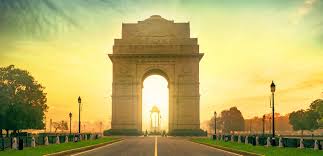
Day 01: Delhi
On arrival at Delhi International Airport receive a warm welcome from our representative who will help you with guided transfer to the hotel. Complete the check-in formalities and spend the rest of the day leisurely. (Standard check-in time is 2:00PM. Early check-in is subject to availability).Delhi: Delhi is an ancient city that has witnessed various ups and downs, politically and culturally. But every time, its culture, heritage, religion and the tradition regained itself for the generations to come. The culture of Delhi seems to be a blend of the modern lifestyles as well as the old traditions and values. On one hand you can see the Old Delhi still living with the old traditions and upholding the values of the past while on the other hand is New Delhi, influenced by the strong forces of modernization.Overnight at Delhi.
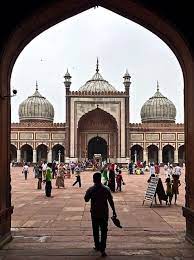
Day 02: Delhi
After breakfast sightseeing tour to Delhi. Morning visit Old Delhi. It is a 17th century walled city with its splendid gates, narrow alleys, the enormous Bazaar. Visit Red Fort, Jama Masjid and Raj Ghat. Afternoon tour of New Delhi with wide tree lined avenues, Parks and fountains surroundings the imposing government and state Buildings. Visit Humayun’s Tomb, an observatory called Jantar Mantar, Qutab Minar, India Gate and President House. Overnight stay at hotel.
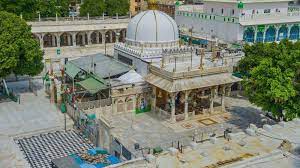
Day 03 : Delhi - Ajmer - Pushkar
-
Morning, we will transfer you to railway station to board train # 2015 Ajmer Shatabdi Express dep. 06:05 hrs arrive Ajmer at 13:00 hrs. On arrival visit Dargarh Sharif in Ajmer. Later proceed to Pushkar (11 kms) away. Overnight at Pushkar hotel / Tent.
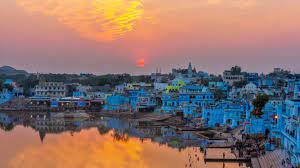
Day 04:Pushkar
-
Full day spend in fair by your own. Overnight at hotel.
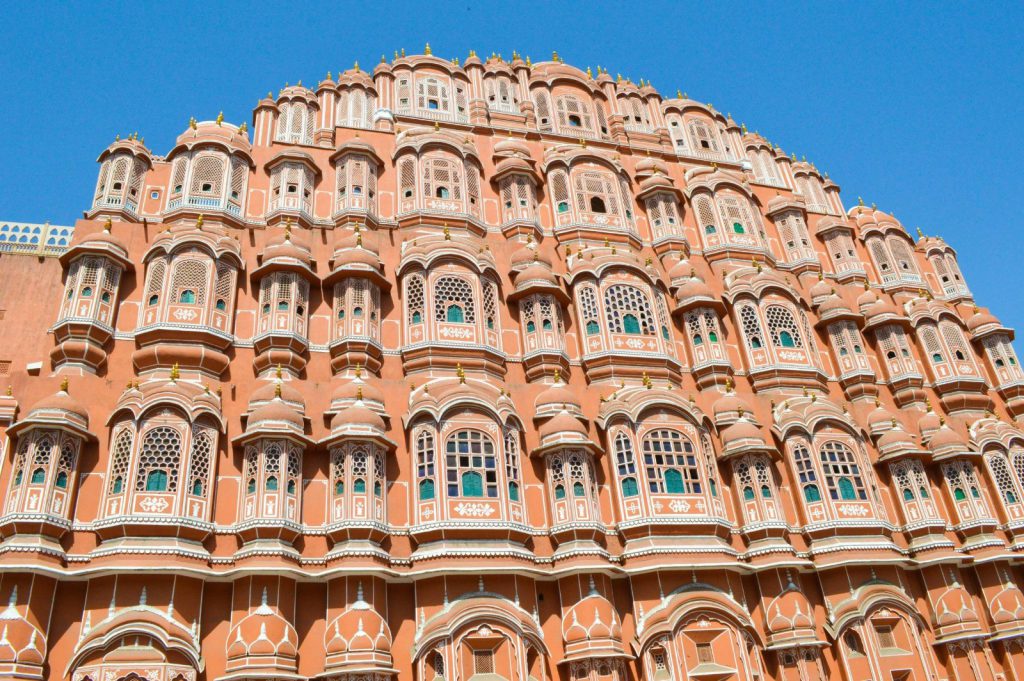
Day 05 :Pushkar - Jaipur
-
Jantar Mantar ObservatoryAfter breakfast drive to Jaipur (approx 145 kms 2 ½ hrs. drive). On arrival transfer to hotel. Jaipur city was founded by Maharaja Jai Singh in 1727. It is a magnificent, planned city built of rose-pink colored stones that is why it is also called as "Pink City". On arrival excursion to Amer Fort. Ascend by painted elephant / Jeep up to fort with its huge gateways and pillared pavilions. It has a marble Palace, Temple of victory and Sheesh Mahal (Hall of Mirrors). Also visit City Palace and Museum. Nearby is the ornate Hawa Mahal (Palace of winds) which is five stories high and is decorated with delicate screens carved from stone. Also visit Jantar Mantar. Observatory, which is still equipped with immense, brick and mortar instrument. Overnight at hotel.
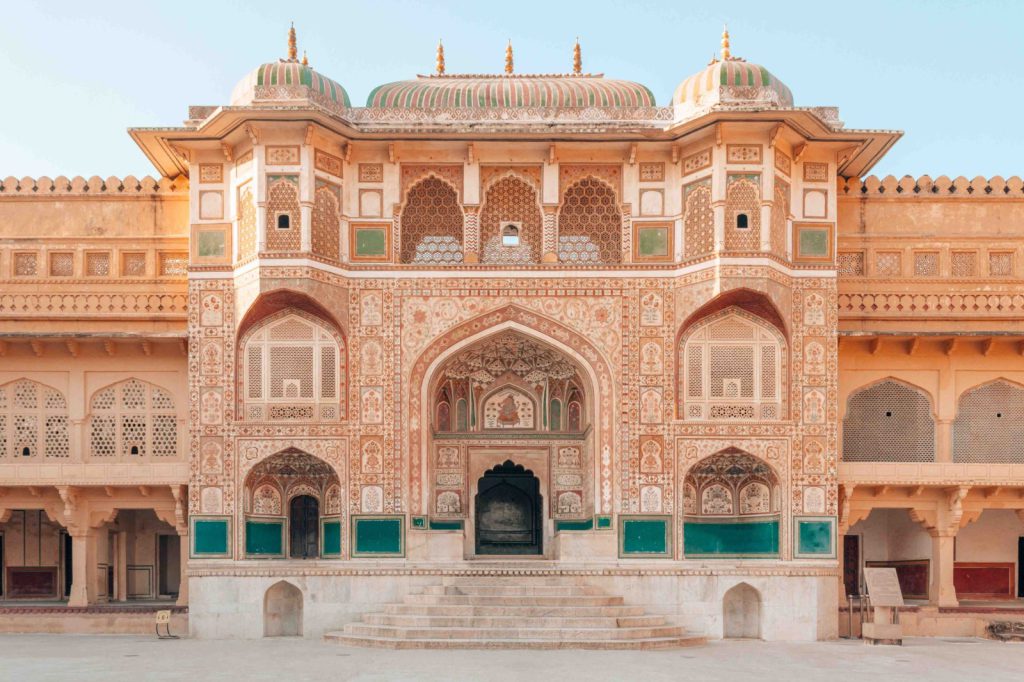
Day 06: Jaipur - Agra
-
After breakfast drive to Agra (approx 232 Kms. 5 hrs. drive). En-route visit Fatephur Sikri - built by Emperor Akbar in 1569 and abandoned after 15 yrs. Due to scarcity of water. Predominately, a red sandstone construction sprawling over a huge area, the architectural style is very much in tune with emperor’s dream & partakes of both Hindu & Muslim styles. See the graceful buildings including jama Masjid, Tomb of Salim Chisti, Panch Mahal & other places. On arrival transfer to hotel. Overnight at hotel.
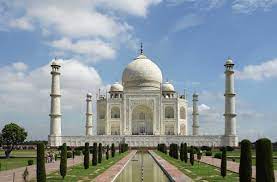
Day 07: Agra- Delhi - Onward Destination
-
After breakfast Visit world famous "Taj Mahal" the monument of love immortalized in marble. It was built by Emperor Shah Jahan in the memory of his Queen Mumtaj, Agra Fort dominated by red sandstone construction & houses the beautiful Pearl Mosque and other noteworthy structures. Later drive to Delhi (approx 204 Kms. 4 hrs. drive). En-route visit to Sikandra: The worthy monument here is the tomb of Akbar which shows an interesting fusion of Hindu & Muslim art and architecture reflecting the spirit of the emperor himself. On arrival transfer international Airport to connect flight for onward Destination.

Day 08: Title
- Lorem ipsum is a placeholder text commonly used to demonstrate the visual form of a document or a typeface without relying on meaningful content. Lorem ipsum is a placeholder text commonly used to demonstrate
- Lorem ipsum is a placeholder text commonly used to demonstrate the visual form of a document or a typeface without relying on meaningful content. Lorem ipsum is a placeholder text commonly used to demonstrate

Day 09: Title
- Lorem ipsum is a placeholder text commonly used to demonstrate the visual form of a document or a typeface without relying on meaningful content. Lorem ipsum is a placeholder text commonly used to demonstrate
- Lorem ipsum is a placeholder text commonly used to demonstrate the visual form of a document or a typeface without relying on meaningful content. Lorem ipsum is a placeholder text commonly used to demonstrate

Day 10: Title
- Lorem ipsum is a placeholder text commonly used to demonstrate the visual form of a document or a typeface without relying on meaningful content. Lorem ipsum is a placeholder text commonly used to demonstrate
- Lorem ipsum is a placeholder text commonly used to demonstrate the visual form of a document or a typeface without relying on meaningful content. Lorem ipsum is a placeholder text commonly used to demonstrate

